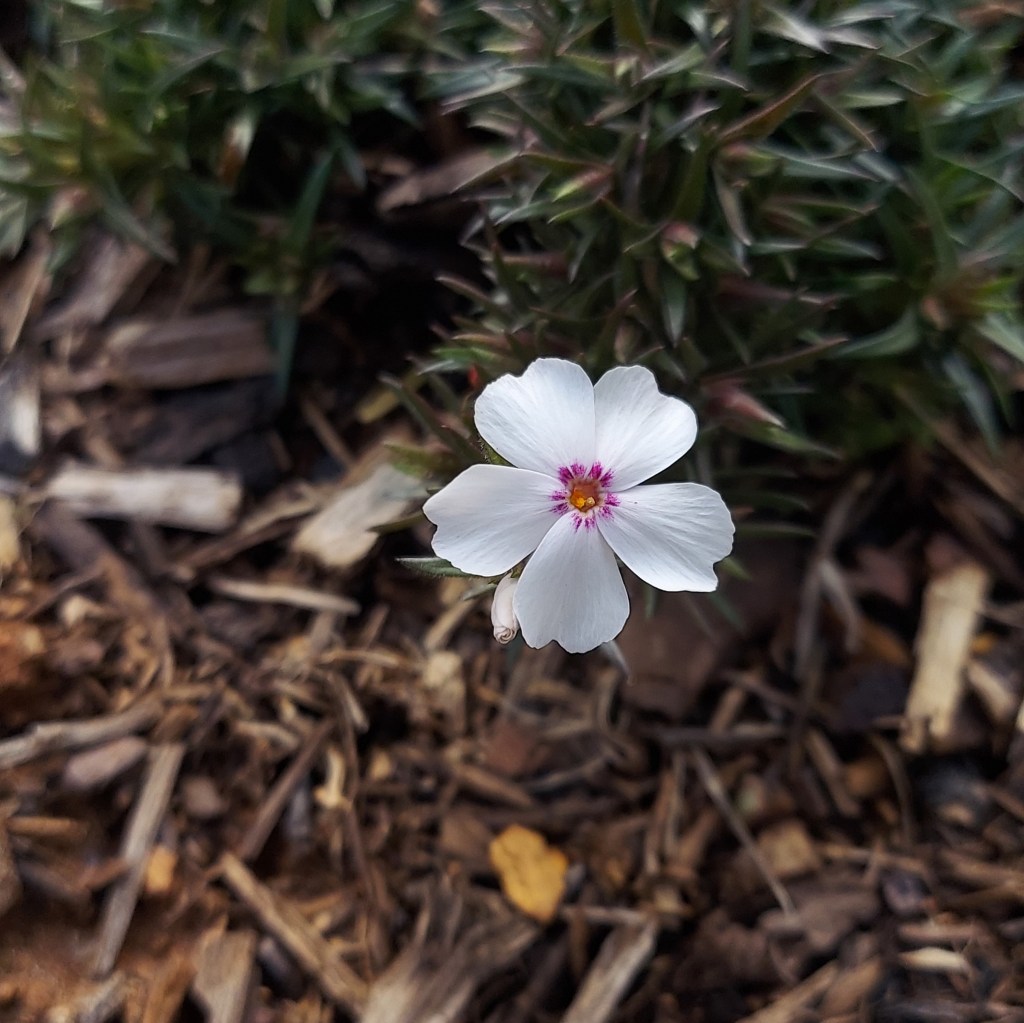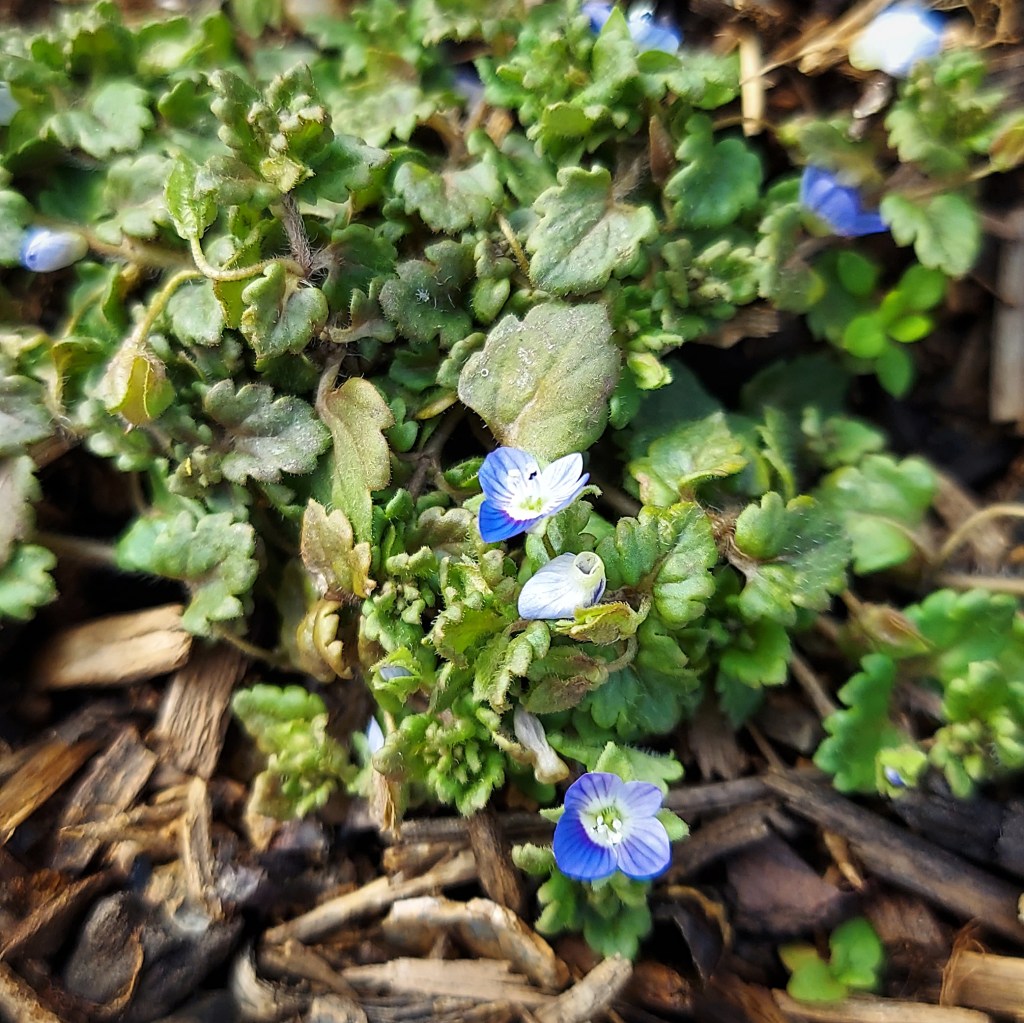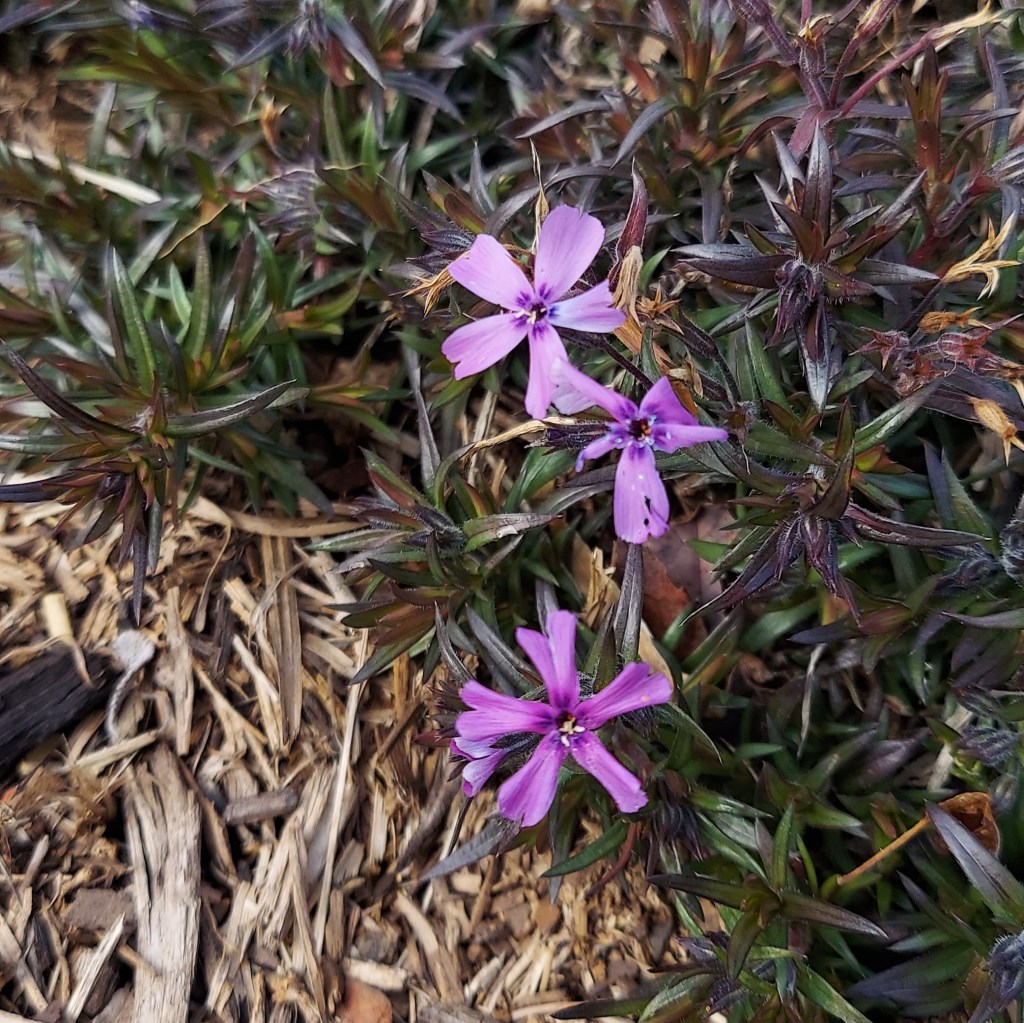It’s spring! Kind of!
Yesterday marked the average last frost date for my area (as calculated by the National Arboretum in DC). If you’re like me, you’re probably itching to get your garden started, or at least reclaim some desk space by moving your indoor plants outside for a little bit.
I’ve seen a lot of posts about using crystals and other minerals to help plants. You’ve probably seen the same kind of advice that I have — tuck a quartz point in with your plants to help them grow. Bury four green jades, one at each corner of your garden, to protect your plants and help them flourish.
This got me thinking: What are the absolute worst crystals you could conceivably use for your plants? If some crystals can help, it stands to reason that others can hurt. And hoo boy, can they ever.
While there aren’t many crystals whose metaphysical properties would cause problems in this context, there are definitely plenty that can harm your plants.
Or ruin your life.
Either or.
1. Halite
Halite is salt.
Like, it’s just rock salt.
When people joke about “going to the salt mines,” this is the stuff they’re talking about.
If you’ve ever heard about conquerors razing towns and salting the earth, you probably know that salt and plants don’t mix. (Well, not while they’re growing, anyway. Once harvested, washed, and lightly steamed, it’s a whole other story.)
The reason behind this is that plants’ roots take up water and dissolved nutrients through osmosis. Osmosis works because nature attempts to establish equilibrium. Things move from areas of high concentration to areas of low concentration, until that equilibrium is achieved. It’s much easier for cell membranes to allow water to pass into and out of the cell than to try to move minerals around, and this works out okay because soil almost always has less dissolved solutes in it than the plants’ cells do. The plants’ roothair cells let more water in, osmosis balances the concentration of solutes vs water on either side of the cell membranes, and everything’s good.
Since salt is very soluble, adding salt and water to soil can make it so that there’s more dissolved solutes in the soil than there are in the roothairs. Taking up more water won’t fix things, and so the roots end up losing water to their surroundings.
Some types of soil (specifically heavy clays) can also form compounds that are impermeable to water when they’re exposed to salt. All plants also depend heavily on soilborne bacteria and fungi, which tend to be much less resilient when exposed to sudden changes in their environment. (Like, say, adding a bunch of salt to it.) Kill off these crucial microorganisms, and the plants will soon follow suit.
2. Selenite or Satin Spar
Selenite, satin spar, and desert roses are all forms of gypsum. Gypsum is a calcium sulfate mineral. It’s also soft and somewhat soluble in water. This means that, when you go to water your plants, you’re likely melting these crystals at the same time. This not only damages the stones, it also deposits all of that calcium sulfate in the soil, altering its pH and potentially negatively impacting plant growth.
Interestingly, gypsum is one of the few materials that exhibits something called “retrograde solubility.” This means that it’s actually more soluble at lower temperatures than it is at higher ones. That’s not great news for anyone who may want to place a selenite specimen in their garden — as soon as a chilly rain hits, they may end up with a disappearing crystal and a whole bunch of dead plants.
3. Calcite
Calcite is a calcium carbonate mineral. It’s not really soluble in regular water, but it is in dilute acids. It’s also pretty soft.
This means that calcite can easily be scratched by other minerals present in soil. Rainwater also tends to be on the acidic side, so placing it in your garden or watering your plants with saved rainwater can cause it to dissolve over time. This will alter the pH and level of solutes in the soil, which can be detrimental to your plants. While that’s less likely to be catastrophic in a whole garden, it can definitely cause problems for the small volume of soil in the average plant pot.
4. Hematite
Hematite is an ore of iron. When it’s found in nature, it often doesn’t look like the smooth, mirrorlike, silvery-black pieces commonly seen in stores. In fact, it usually looks closer to a hunk of vaguely rusty metal. Some massively crystal specimens can exhibit that shiny silver-black appearance, but a lot of inexpensive hematite is rough and rusty and gets polished up before sale.
Hematite is fine to occasionally clean with fresh water, as long as it’s dried soon afterward. It isn’t great to put in with plants or outdoors, though, because this creates the right conditions for it to rust. That’ll damage the stone and leach all kinds of iron oxides into the soil. While natural soil is often pretty high in iron oxides already (like the red clay in my garden), it’s definitely not something you want to introduce if you can avoid it.
5. Pyrite
While hematite is a form of iron oxide, pyrite is an iron sulfide. The concern here isn’t rust, however. The “sulfide” portion of pyrite’s chemical formula is a bigger problem than the “iron” bit.
Pyrite is considered insoluble in water, but there’s a lot more than just water going on where plants grow. When pyrite is exposed to both moisture and oxygen, it oxidizes. This produces iron ions (specifically Fe2+) and sulfuric acid. In fact, the oxidation of pyrite and the resulting acid has been responsible for a number of ecological disasters.
This isn’t to say that putting a piece of tumbled pyrite in your yard is instantly going to turn it into a Superfund site, but it’s still best avoided whenever practicable. At best, you’ll end up with damaged pyrite. At worst, a lot of dead plants and possibly a stern letter from the city.
6. Cinnabar
Okay, so. Cinnabar is divisive. On one hand, some mineral enthusiasts act like it might as well be plutonium. On the other, some claim it’s absolutely no big deal.
Here’s the thing: Cinnabar is an ore of mercury, and mercury is toxic. However, mercury is at its least toxic when it’s in its elemental (aka, scoodly silver liquid) form. Metallic mercury isn’t all that well absorbed through your skin during brief, incidental contact — it’s much more dangerous when it’s in its organic form, or as a salt. This is not to say that cinnabar or mercury is safe to handle, I just want to avoid engaging in too much hyperbole.
Mercury vapor, on the other hand, can be readily absorbed by lung tissue. While it takes temperatures of about 674 °F (357 °C) to boil mercury, mercury doesn’t need to boil to evaporate and contaminate the air. Even just breaking an old fashioned thermometer can contaminate indoor air for a significant amount of time if it isn’t appropriately cleaned up.
While it’s true that cinnabar is traditionally roasted to liberate liquid mercury, some specimens do exhibit beads of pure mercury on their surfaces.
Anyhow, all of this is to say that the question of “how safe is cinnabar for plants” is too complicated for me to say that it’s safe. Cinnabar was used as a decoration (and even cosmetic) in antiquity, but buildings also weren’t nearly as air-tight as they are now. (Also, a lot of people lost their minds, went into convulsions, and died back then, while doctors blamed things like “eating cherries and milk,” “riding too fast,” and “wearing lace.”)
In the interest of safety, maybe just keep cinnabar away from heat, water, soil, your plants, your lungs, small children, et cetera. It might be safe, but it might not, and you might not find out how unsafe until it’s too late.
7. Quartz spheres
“But J,” you might be saying, “Everything says that quartz is perfectly safe in water. It’s not going to dissolve, leach anything weird, kill my plants, or turn my yard into an acidic death pit. What gives?” And you’re absolutely right!
It can, however, burn your house down.
The issue here isn’t so much the quartz itself as it is the refractive quality of crystal spheres. If the sun hits a clear glass or crystal sphere in just the right way, it can produce an effect similar to the sun shining through a magnifying glass. Crystal spheres have the ability to concentrate sunlight into a laser, and this laser can burn stuff.
So, while other crystals are mostly a problem if they get wet, crystal spheres are a problem if they’re sitting in a window. Like, say, where one might place a sun-loving potted plant.
This issue doesn’t just end at your front door, either. While I haven’t read reports of crystal balls starting fires when placed outdoors, the combination of intense sunlight, dry vegetation, and a clear sphere can definitely cause some trouble. If you have vinyl siding, the reflection of the sun just off of a neighbor’s windows can be enough to damage your home’s exterior.
What can you use instead?
Assuming you’re not in the mood to ruin your horticulture (or your life) with an ill-placed stone, the solution is pretty easy.
You can opt for different crystals instead. Any variety of silica-based mineral will work, as long as it isn’t able to concentrate sunlight. Moss agate, while not a “true” agate, is a lovely green type of cryptocrystalline silica. Jades are silicates, too.
For stones that shouldn’t get wet, like your gypsums and sulfides and such, you can always place them near indoor plants. Just avoid putting them in places where they’ll come in contact with water or the soil.
For quartz spheres, it’s best to keep them covered when they aren’t actively in use. (That’s a big part of where the custom of covering one’s scrying ball comes from.) If you have to put them in with your plants, either bury them entirely in soil or place them in a small, opaque bag first. Just keep them out of the sunlight.
That’s pretty much it. Do your homework on the chemical composition of your crystals, avoid stones that will actively turn into acid or poison when exposed to water, and be careful with the ones that’ll burn your house down.
Happy growing!





















